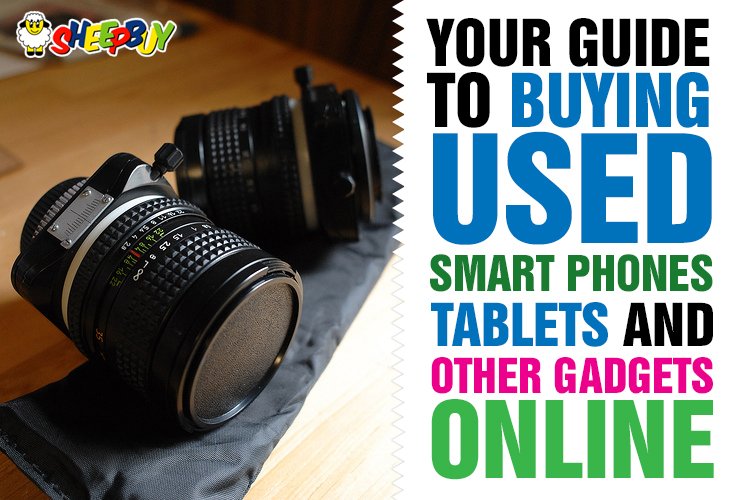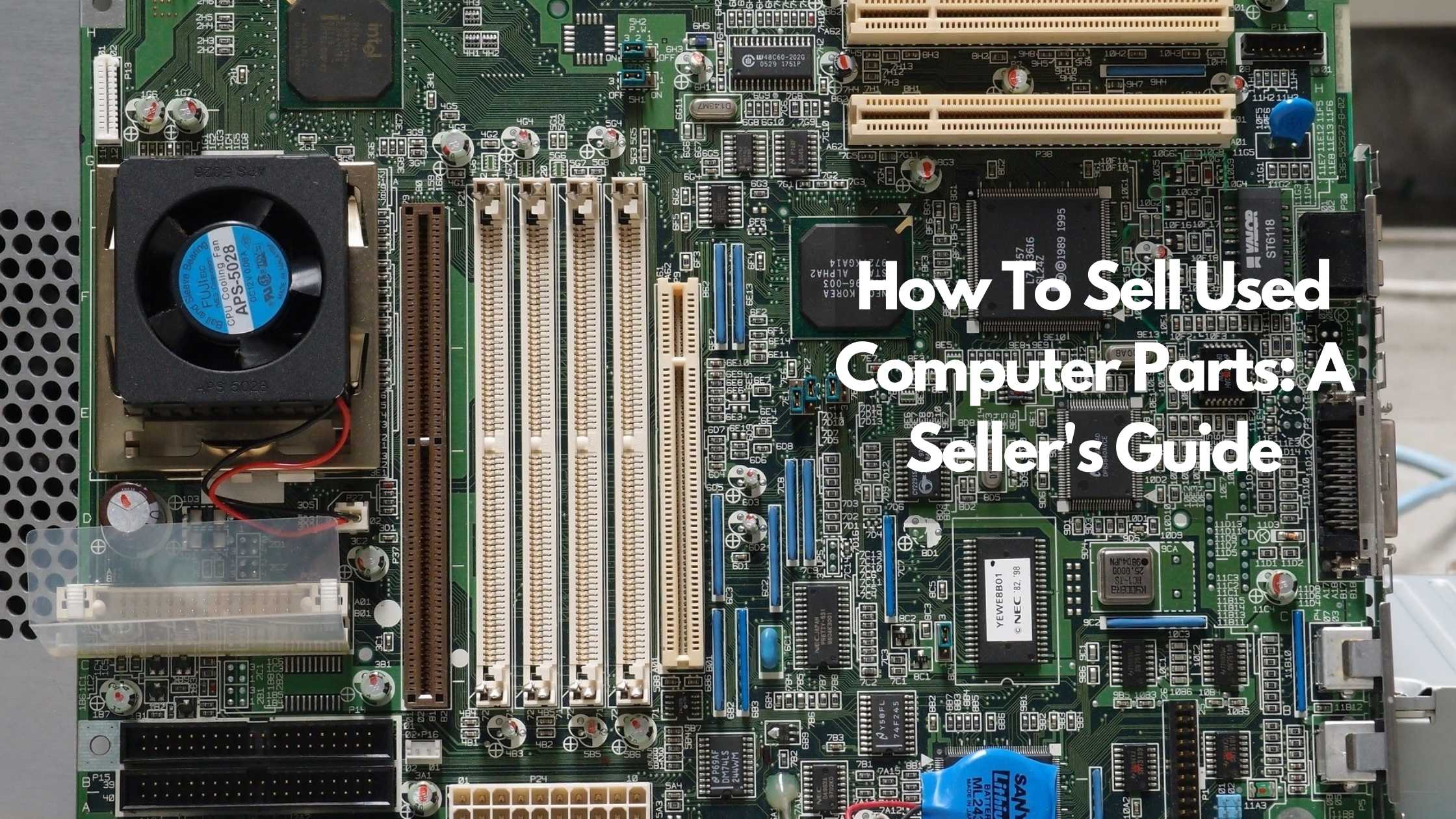
Your Guide to Buying Used Smartphones, Tablets, and Other Gadgets Online
 With companies like Apple and Samsung regularly rolling out new smartphones, tablets, and other tech toys, it can get expensive to keep up with the latest devices. The good thing about this constant updating of technology, though, is that other people constantly sell used smartphones, tablets, and other gadgets online when they upgrade to newer devices. That means that you can find great prices on relatively recent devices in good condition—if you know what to look for. Here’s what you should know about buying smartphones, tablets, and similar electronics through an online marketplace.
With companies like Apple and Samsung regularly rolling out new smartphones, tablets, and other tech toys, it can get expensive to keep up with the latest devices. The good thing about this constant updating of technology, though, is that other people constantly sell used smartphones, tablets, and other gadgets online when they upgrade to newer devices. That means that you can find great prices on relatively recent devices in good condition—if you know what to look for. Here’s what you should know about buying smartphones, tablets, and similar electronics through an online marketplace.
If it looks too good to be true, it probably is. If you stumble across an unbelievably good price that’s far lower than what most sellers are asking for the same device, be wary. Oftentimes people will sell stolen phones at a very low price in order to get rid of them quickly, but if you’re the unlucky person who purchases the device, you’ll end up with a data-less phone. Check the phone’s ESN/IMEI numbers, and see if the seller offers a return policy before you jump on a great-sounding deal.
Pick the phone up in person if possible. If you find a seller who lives in the same city as you, arrange to pick up the device in person so that you can inspect it before you hand over your money (if the seller doesn’t live near you, ask about that return policy again). For devices like phones, tablets, and MP3 players, you should bring a charging cable, laptop, headphones, and a SIM card (for a phone).
Checking for damage. When you get the device (either in person or through the mail), you should start by inspecting it for any obvious physical damage, like cracks or dents. You’ll also want to open any flaps or covers that can be opened to make sure there’s no hidden damage. If you’re inspecting a phone, pop in the SIM card to make sure it’s compatible. Test all devices to see if they hold a charge by connecting them to the laptop with your cable, and test the headphone jack by plugging your headphones in and playing audio.
Run a service code test (phones and data-enabled tablets). For all smartphones or data-enabled tablets, you should run a service code test to make sure all the components are working. Service code tests need to be activated using different actions depending on the device, so Google the device type to learn how to run the service code test for your new purchase.
If it doesn’t work, send it back. Don’t hesitate to hand it or mail it back (since there’s a return policy, right?) if the device is not as-advertised. Just because you’re buying used doesn’t mean you should have to settle for a problematic product. If the first device doesn’t work out, you can always keep looking online and try again.
TRENDING


Online Arbitrage for Beginners (Step-by-Step Guide)

17 Types of Arbitrage Strategies to Turn a Profit

Is Retail Arbitrage Legal?

How to Turn Textbook Arbitrage into a Business for Profit

How Can You Tell if a Book is a First Edition?

What to Do With Your Jigsaw Puzzle When Finished?

